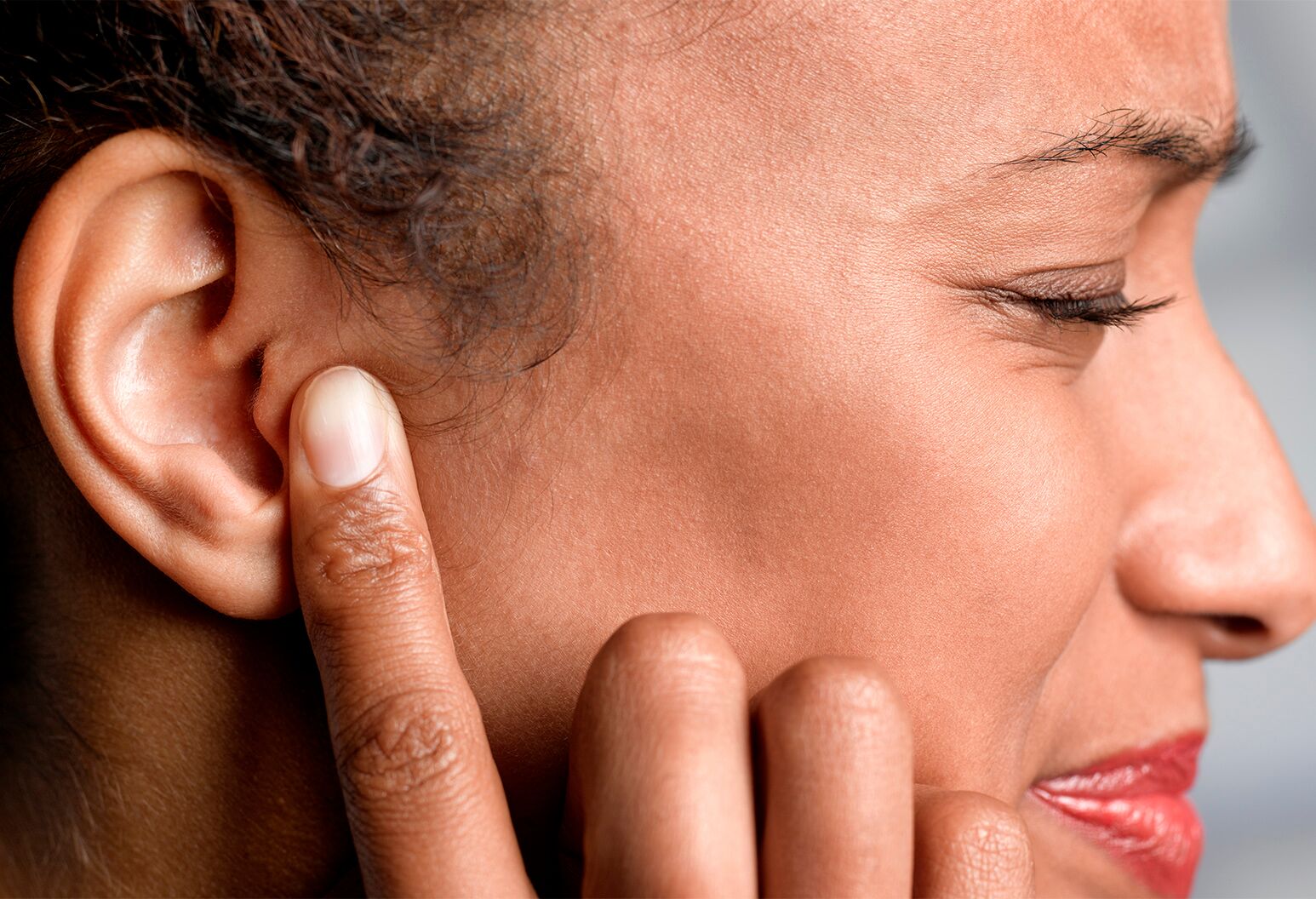
Image Source: Google
Having blocked ears can be a frustrating and uncomfortable experience. Not only can it affect your hearing, but it can also cause a sensation of pressure or fullness in the ears. One common cause of blocked ears is the build-up of earwax, also known as cerumen. While earwax is a normal and necessary substance that helps to protect the ear canal, an excess amount can lead to blockages and hearing problems. Fortunately, there are several effective techniques you can use to unblock your ears and improve your hearing.
One of the simplest and most common methods for extraction of excess ear wax is to use over-the-counter ear drops. These drops typically contain a combination of ingredients that help to soften the earwax, making it easier to remove. To use ear drops, simply tilt your head to the side and gently pull your earlobe upward and backward to straighten the ear canal. Then, instill the recommended number of drops into the ear and keep your head tilted for a few minutes to allow the drops to work. Finally, tilt your head in the opposite direction to allow the excess liquid and earwax to drain out. Repeat this process as needed until your ears feel unblocked.
Another effective technique for removing earwax is to irrigate the ear canal using a bulb syringe or a specialized ear irrigation kit. To do this, fill the syringe or kit with warm water or a saline solution and gently squirt the liquid into your ear while tilting your head to the side. The water will help to flush out the earwax, which can then be easily removed. It's important to use caution when irrigating your ears to avoid causing any damage to the eardrum. If you experience any pain or discomfort during the process, stop immediately and consult a healthcare provider.
If you prefer a more hands-on approach, you can also try using a curette or earwax removal tool to manually remove the excess wax from your ears. These tools are often available for purchase online or at your local drugstore and are designed to safely scoop out the earwax without causing any harm. To use a curette, gently insert the tool into your ear canal and carefully scrape the earwax from the sides of the canal. Be sure to use caution and avoid pushing the tool too far into the ear to prevent injury.
In some cases, you may need to seek professional help to unblock your ears and improve your hearing. A healthcare provider, such as an audiologist or an ear, nose, and throat specialist, can perform a procedure known as ear lavage to remove stubborn earwax using a specialized irrigation system. During the procedure, warm water or a saline solution is gently flushed into the ear canal to dislodge and remove the earwax blockage. This is typically a quick and painless procedure that can provide immediate relief from blocked ears.
It's important to note that not all methods of earwax removal are suitable for everyone. If you have a history of ear problems, such as a perforated eardrum or frequent ear infections, it's best to consult a healthcare provider before attempting any at-home remedies. Additionally, if you experience persistent pain, drainage, or hearing loss, it's important to seek medical attention as these symptoms may indicate a more serious underlying issue.
By incorporating these ear wax removal techniques into your routine, you can effectively unblock your ears and improve your hearing. Whether you choose to use ear drops, irrigation, manual removal, or professional assistance, finding the right method for you can help to alleviate discomfort and restore your hearing to its optimal level. Remember to always practice caution and seek guidance from a healthcare provider if you have any concerns about your ear health. With the right approach, you can say goodbye to blocked ears and hello to clearer, better hearing.
